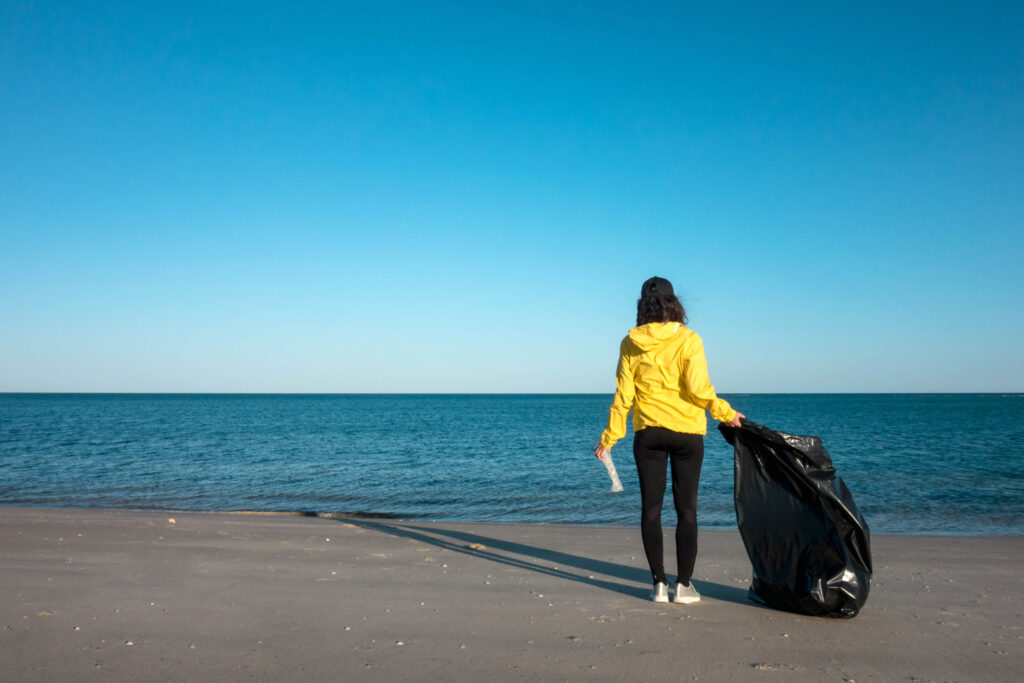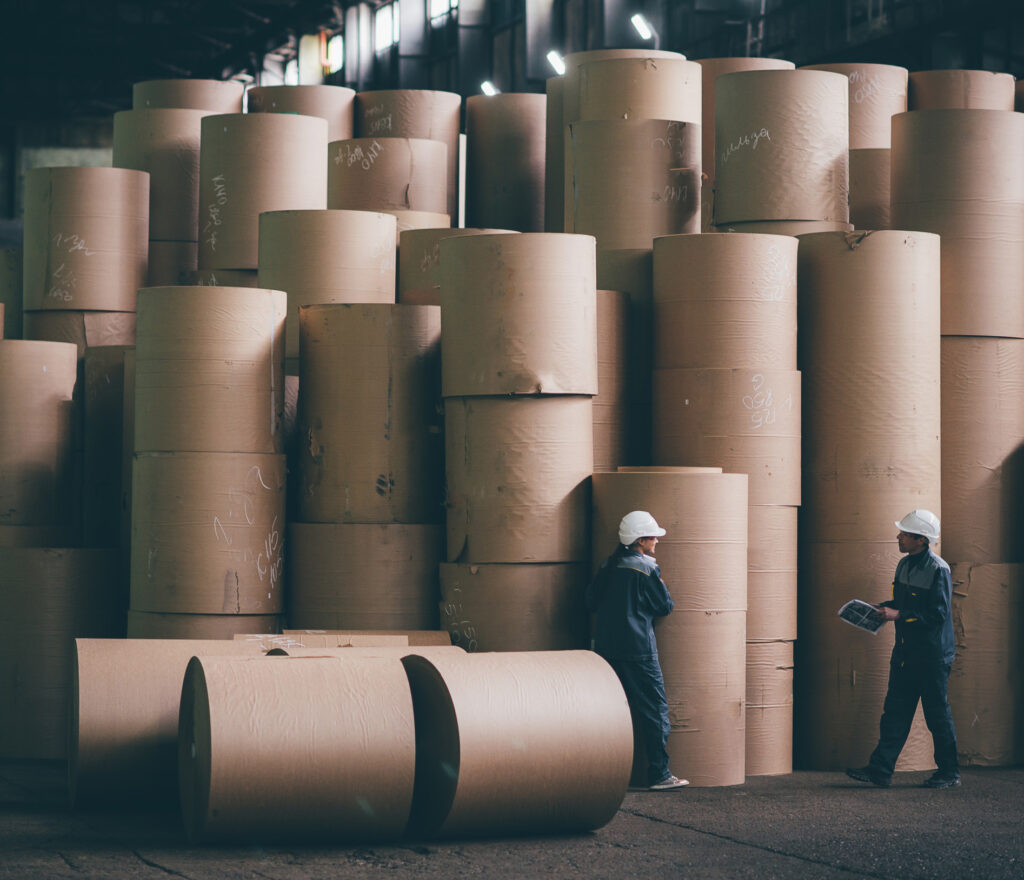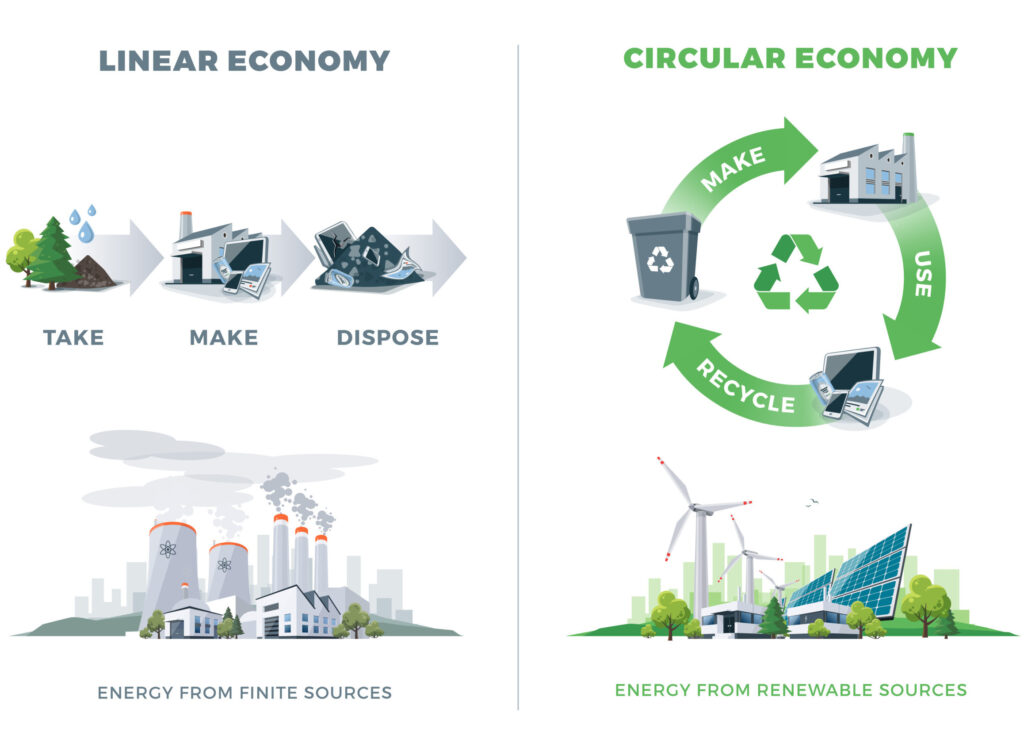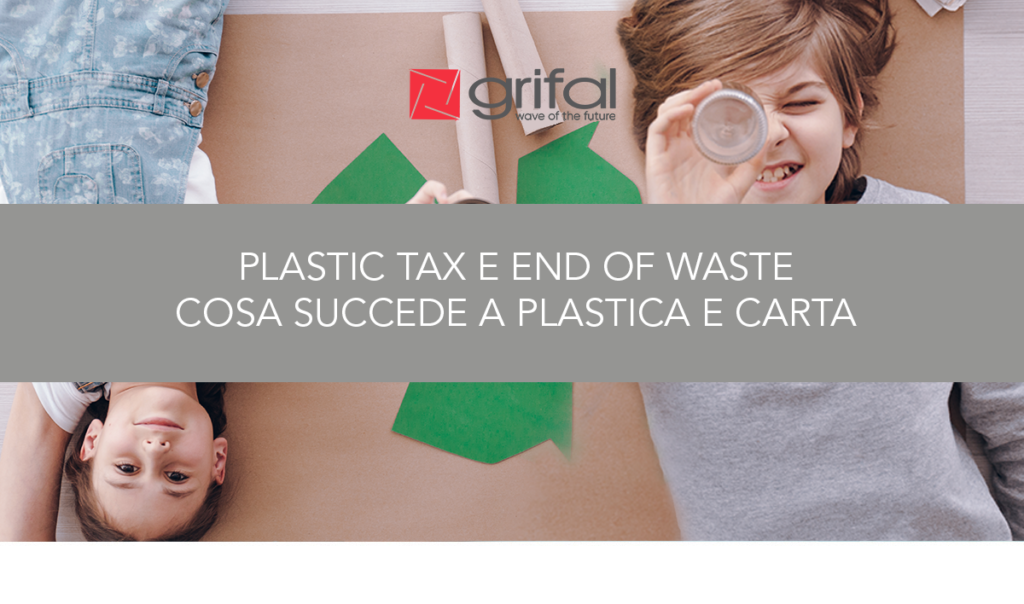“Our greatestchallenge in this new century is to adopt anidea that seems abstract: sustainable development. ” (Kofi Annan)
Green Economy, Sustainability and Circular Economyareterms that have become part of the common lexicon. Are we aware that behind these words, now widely used, there are industrial realities with hundreds of patents filed and environmentally sustainable innovations that are changing the way we live and relate to consumer goods for the better?
In the Green Packaging sector, cellulosic-based packaging placed on the market in Italy in 2010-2019 increased from 4.33to 4.92milliontons, an increase of about 600 thousand tons.
These figures reflect a paper and paperboard supply chain that has long focused on sustainability and efficiency, and is consistently investing in innovation, especially innovation aimed at preventing non-recyclable packaging from entering the market.
The situation of plastics in packaging and the Plastic Tax
When we talk about non-recyclable packaging we think about the fact that more than half of plastic waste originating from packaging still ends up in landfills. Plastic waste nowadays is among the main polluters of water resources and most natural environments. Plastic is yes a problem in terms of eco-sustainability, but it is still a versatile and widely used product in the market. The debate is so topical that authoritative U.S. and British surveys, starting with changing consumer behavior during the lockdown, have come to question whether plastic recycling still makes sense (link in sitography).

In this regard, Italian Minister of Economy and Finance Roberto Gualtieri at a hearing in the Chamber of Deputies in July 2020 had sought to reassure companies in the plastics supply chain that two new taxes on plastics would not be superimposed as of January 1, 2021. He was referring to the dual Italian and European ‘Plastic Tax’:
- Italy’s Plastic tax will charge 45 cents per kilogram of plastic single-use products (“MACSI”) sold, starting January 2021, such as plastic bottles and food packaging. The tax was to go into effect in July 2020 but was postponed due to the health and economic crisis.
- The one provided by Europe is a kind of compensation to be paid to EU member states calculated on the amount of plastic that is not recycled and therefore becomes waste each year (and not calculated on the plastic produced, like the Italian version). For each kilogram of unrecycled plastic, Brussels’ proposal is to pay up to 80 cents, starting in 2021. It will remain at the discretion of each country how to raise these funds, so it is not automatic that the drawdown will take place in the plastics sector itself. In addition, the EU Commission also pledged to review the ETS (European Emissions Trading Scheme).
It is clear how this scenario is not very reassuring for much of the plastics supply chain, particularly MACSI producers, buyers of MACSI products, and importers from non-EU countries. With an update to September 2020, the possibility of charging the Plastic Tax to wholesalers such as large-scale retail warehouses is under consideration.
End of Waste: paper and cardboard now in earnest

A few days ago, on September 24, Italian Environment Minister Sergio Costa signed the decree called “End of Waste” which updates the regulations on waste paper.
The decree stipulates how and when, in the recycling process, waste paper from waste becomes secondary raw material. A not insignificant opportunity considering that in 2019 the amount of all packaging waste delivered to the CONAI (National Packaging Consortium) system by Italian municipalities grew by 14.3 percent. In the first half of 2020, despite the lockdown, paper packaging deliveries increased by 10.7 percent.
In order to make the paper industry even better perform from a sustainability standpoint, it was decided to place a higher value on the 6.65 million tons of waste paper that arrive at the paper mill annually. The goal is to reduce the waste of the “recycling cycle” in order to reuse as much “second raw material” in new production cycles, ensuring more protection of the environment and people’s health.
“A recycling and recovery society becomes such -Minister Costa specified-. when the materials can be reintroduced into the market and be able to compete with virgin raw materials, enabling a reduction in the consumption of natural resources and raw materials, and a reduction in the amount of waste for disposal.”
Living (better) in a Circular Economy
What is happening in the plastics and paper markets leads us to reflect on the importance of making decisions, as companies and as consumers, with renewed environmental awareness.
In economic terms, it is a theme well described by theCircular Economy: a production and consumption model that focuses on sharing, lending, reusing, repairing, reconditioning and recycling materials and products with the aim of extending their life cycle as much as possible.

A fundamental and positive consequence of such an approach is the reduction of waste. Not only that, waste can and should be transformed from a cost element to a value element. Speaking of Green Packaging, this is the case, for example, with expanded plastics, which, in Grifal, are recovered as processing by-products instead of becoming a waste. A virtuous process successfully submitted for verification of compliance with UNI 10667-1:2017 by KIWA, among the top 20 global leaders in Testing, Inspection and Certification (TIC).
Compliance verification of plastics by-products in Grifal occurs annually and is in addition to other initiatives related to Sustainability, including:

